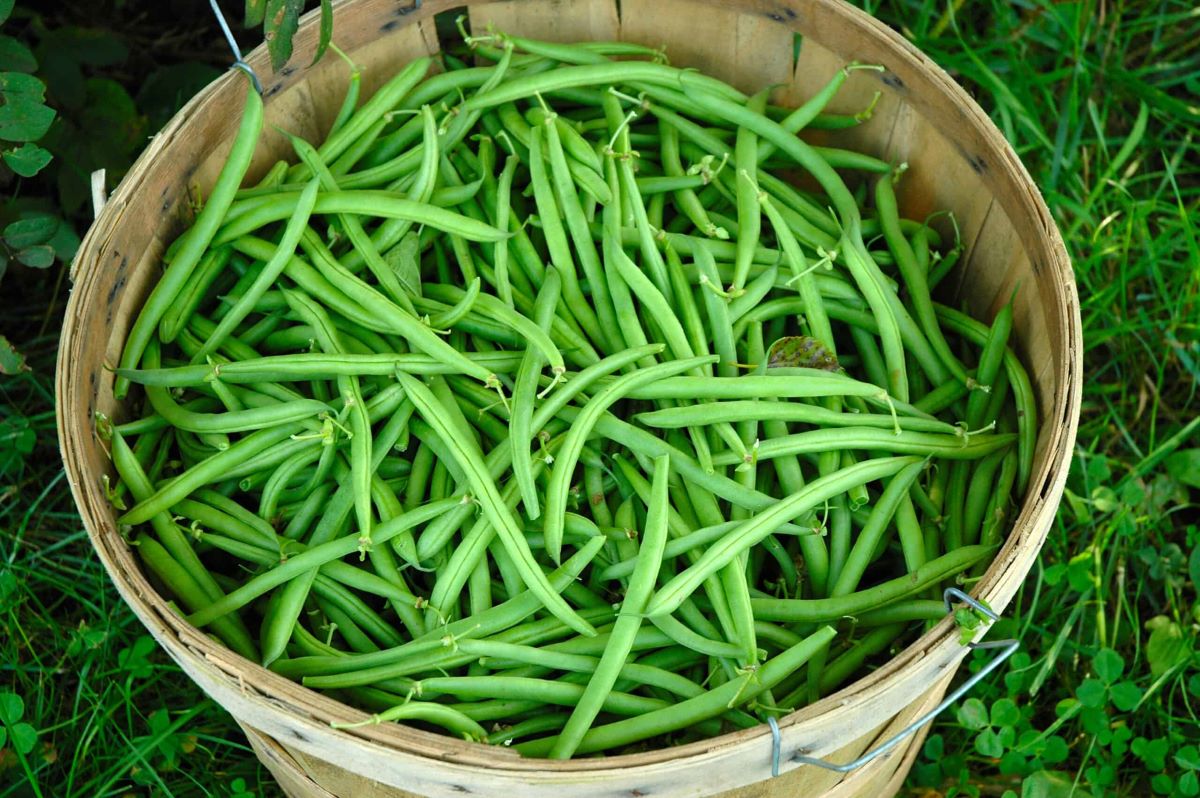

Articles
How To Store Fresh Picked Green Beans
Modified: January 6, 2024
Learn the best way to store fresh picked green beans to keep them crisp and flavorful. Read our articles for tips and techniques.
(Many of the links in this article redirect to a specific reviewed product. Your purchase of these products through affiliate links helps to generate commission for Storables.com, at no extra cost. Learn more)
Introduction
Green beans, also known as string beans or snap beans, are a versatile and nutritious vegetable that can be enjoyed in various dishes. Whether you’re a seasoned gardener with an abundance of freshly picked green beans or someone who enjoys buying them from the local market, proper storage is essential to maintain their freshness and flavor.
In this article, we will explore different methods for storing fresh-picked green beans, including refrigeration, freezing, canning, and even utilizing a root cellar. We’ll also share some valuable tips to help you maintain the quality and taste of your green beans for an extended period.
By following these storage techniques, you can enjoy the vibrant color, crisp texture, and delicious taste of green beans long after their harvest season has ended.
Key Takeaways:
- Enjoy fresh green beans year-round by refrigerating, freezing, canning, or utilizing a root cellar. Follow proper preparation and storage techniques to maintain their vibrant color, crisp texture, and delicious taste.
- Select the freshest green beans, handle with care, and follow recommended storage methods to extend the lifespan of green beans. Whether refrigerating, freezing, canning, or using a root cellar, savor their deliciousness in your favorite recipes throughout the year.
Choosing Fresh Green Beans
When it comes to storing green beans, selecting fresh ones is the first step towards maintaining their quality. Here are some tips to help you choose the best green beans:
- Visual Inspection: Look for green beans that are brightly colored and free from discoloration or blemishes. Avoid beans that are wilted, discolored, or have soft spots.
- Texture: The texture of fresh green beans should be firm and crisp. Avoid beans that are limp or rubbery, as they may be past their prime.
- Size: While size doesn’t necessarily indicate quality, it’s worth noting that smaller beans tend to be more tender and flavorful.
- Snap Test: Gently bend a green bean; it should break with a satisfying snap. If it bends without snapping, it may be too mature and could have a tough texture.
- Aroma: Fresh green beans should have a pleasant, grassy aroma. Avoid any beans with a musty or off-putting smell, as it may indicate spoilage.
By carefully selecting fresh green beans, you can ensure that you’re starting with a high-quality product that will store well and taste delicious.
Preparing Green Beans for Storage
Before storing green beans, it’s important to prepare them properly to prolong their shelf life and maintain their flavor. Follow these steps to prepare green beans for storage:
- Washing: Start by rinsing the green beans under cold water to remove any dirt or debris. Pat them dry with a clean towel or paper towel.
- Trimming: Next, trim the ends of the green beans. You can do this by snapping off the stem end or using a sharp knife to cut off the tips.
- Removing Strings: Some varieties of green beans may have tough strings along the sides. To remove them, simply snap off the end of a bean and pull the string down along the length of the bean.
- Cutting: Depending on your preference, you can leave the green beans whole or cut them into smaller pieces. Consider how you plan to use them in recipes later on.
- Blanching (optional): Blanching involves briefly cooking the green beans in boiling water, followed by immediate submersion in ice water to halt the cooking process. Blanching preserves the color and texture of the beans and can be beneficial for freezing or canning.
Once you’ve washed, trimmed, and prepared the green beans, you’re ready to move on to the storage methods.
Method 1: Refrigerating Green Beans
Refrigeration is a simple and effective method to store fresh green beans if you plan on using them within a week. Follow these steps to refrigerate green beans:
- Preparation: Wash and trim the green beans as mentioned earlier.
- Packaging: Place the green beans in a perforated plastic bag or a breathable container. This allows for air circulation, preventing moisture buildup and extending the shelf life of the beans.
- Storage: Store the green beans in the refrigerator’s vegetable crisper drawer or a cool spot where the temperature is around 40°F (4°C). Avoid storing them near fruits that emit ethylene gas, as it can accelerate the ripening process.
- Monitoring: Check the green beans regularly for any signs of spoilage, such as discoloration or a slimy texture. Remove any spoiled beans to prevent them from affecting the others.
Refrigerated green beans can stay fresh for up to a week, but it’s ideal to use them as soon as possible to enjoy their optimal taste and texture.
Method 2: Freezing Green Beans
Freezing is a popular method for preserving green beans and allows you to enjoy their freshness for an extended period. Here’s how you can freeze green beans:
- Blanching: Blanch the green beans by boiling them in a large pot of water for 2-3 minutes. Then, quickly transfer them to an ice bath to stop the cooking process. Blanching helps retain the color and texture of the beans.
- Draining: Drain the blanched green beans and pat them dry with a clean towel or paper towel to remove excess moisture.
- Portioning: Divide the green beans into meal-sized portions. This makes it easier to thaw only the required amount without having to defrost the entire batch.
- Packaging: Place the portioned green beans in freezer-safe bags or airtight containers. Squeeze out any excess air to minimize the chances of freezer burn.
- Labeling: Label the bags or containers with the date of freezing to keep track of their freshness.
- Freezing: Put the packaged green beans in the freezer and store them at a consistent temperature of 0°F (-18°C) or below.
Frozen green beans can retain their quality for up to 8-12 months. When you’re ready to use them, simply thaw the desired amount in the refrigerator or cook them directly from frozen.
Note: While blanching is optional, it is recommended for optimal texture and quality. However, some people prefer to freeze green beans without blanching, but they may not retain their texture as well and may have a slightly shorter freezer life.
After picking green beans, store them in a perforated plastic bag in the refrigerator. They will stay fresh for up to a week. Avoid washing them until ready to use to prevent spoilage.
Read more: How To Store Fresh Green Beans Long Term
Method 3: Canning Green Beans
Canning is a great way to preserve green beans for long-term storage, allowing you to enjoy them even when they’re out of season. Here’s a step-by-step guide on how to can green beans:
- Preparation: Wash the green beans and trim the ends. Cut them into your preferred size (whole, halves, or pieces).
- Sanitizing: Sterilize canning jars, lids, and bands by boiling them in water for a few minutes or using a dishwasher’s sterilization cycle.
- Pre-cooking (optional): Some people prefer to pre-cook the green beans by blanching them for a few minutes to partially cook them before canning. This step helps maintain better texture and quality during the canning process.
- Packing: Pack the prepared green beans tightly into the sterilized jars, leaving about 1-inch of headspace at the top.
- Brine: Prepare a brine solution by dissolving salt in boiling water. Pour the brine over the green beans, ensuring all the beans are covered while maintaining the 1-inch headspace.
- Removing Air Bubbles: Use a non-metallic spatula to remove any air bubbles trapped in the jars by sliding it along the sides.
- Sealing: Wipe the rims of the jars with a clean, damp cloth to remove any residue. Place the lids on the jars and screw the bands until they are fingertip tight.
- Processing: Process the filled jars in a pressure canner according to the manufacturer’s instructions, usually at 10 pounds of pressure for 20-25 minutes (adjust the time based on your altitude).
- Cooling and Storage: Once the processing time is complete, carefully remove the jars from the canner and place them on a towel to cool. As they cool, you will hear a “pop” sound indicating the jars have properly sealed. Allow the jars to cool completely before storing them in a cool, dark place.
Canned green beans can maintain their quality for up to 1-2 years. Remember to check the jars for any signs of spoilage, such as bulging lids or cloudy brine, before consuming.
It’s worth noting that canning requires following specific instructions and ensuring proper food safety practices. Please refer to a reliable canning guide or consult an expert for detailed instructions and safety guidelines.
Storing Green Beans in a Root Cellar
If you have access to a root cellar or a cool, dark and well-ventilated storage area, you can store green beans for an extended period without any special preservation methods. Here’s how:
- Preparation: Wash and trim the green beans as mentioned earlier.
- Drying: Allow the green beans to air dry completely before storing them. Excess moisture can lead to the growth of mold or spoilage.
- Packaging: Place the dried green beans in breathable containers such as baskets, mesh bags, or wooden crates. Avoid using sealed plastic bags as they can trap moisture.
- Temperature and Humidity: Ideally, the storage temperature should be around 32-40°F (0-4°C) with a humidity level of 85-95%. Monitor and adjust the humidity as necessary to prevent the beans from drying out or becoming too moist.
- Check Regularly: Regularly inspect the green beans for any signs of spoilage. Remove and discard any beans that show signs of rot, mold, or wilting to prevent them from affecting the rest.
Storing green beans in a root cellar can keep them fresh for several weeks, allowing you to enjoy them well beyond their harvest season.
Note: If you don’t have access to a root cellar, you can create a makeshift storage area in a cool basement, unheated garage, or a cool corner of your pantry.
Tips for Maintaining Freshness
To ensure the long-term freshness and quality of green beans, consider the following tips:
- Handle with Care: Avoid rough handling or dropping the green beans, as it can cause bruising and accelerate spoilage.
- Store Unwashed: It’s best to store green beans without washing them until you’re ready to use them. Washing them before storage can introduce moisture, which can lead to faster deterioration.
- Proper Air Circulation: Whether refrigerating, freezing, or storing in a root cellar, ensure proper air circulation around the green beans to prevent moisture buildup. This helps maintain their crispness and slows down spoilage.
- Avoid Exposure to Light: Green beans should be stored in a dark place or in opaque containers to minimize exposure to light. Light can cause the beans to turn greenish-yellow and become less flavorful.
- Keep Away from Ethylene-Producing Fruits: Ethylene gas can speed up the ripening process and lead to faster spoilage. Keep green beans away from ethylene-producing fruits like apples, bananas, and tomatoes.
- Regularly Check for Spoilage: Periodically inspect your stored green beans for any signs of spoilage such as mold, discoloration, or an off smell. Discard any spoiled beans to prevent the spread of decay.
- Rotate Stock: If you have multiple batches of green beans with varying levels of freshness, use the older ones first to minimize waste and ensure you enjoy the best quality.
- Consider Blanching Before Freezing: While blanching green beans before freezing is optional, it helps retain their texture and color. Consider blanching them to preserve their freshness and taste.
By following these tips, you can maximize the shelf life of your green beans and maintain their optimal flavor and nutritional value.
Conclusion
Storing fresh-picked green beans properly is crucial to preserve their flavor, texture, and nutritional value for an extended period. Whether you choose to refrigerate, freeze, can, or store them in a root cellar, each method has its own benefits and considerations.
Refrigeration is ideal for short-term storage, allowing you to enjoy crisp and fresh green beans for up to a week. Freezing is perfect for long-term preservation, maintaining the quality of the beans for several months. Canning provides a pantry staple that can be enjoyed throughout the year, while storing green beans in a root cellar offers a natural and traditional method for prolonging their shelf life.
Remember to choose the freshest green beans, prepare them properly, and follow the recommended storage methods for optimal results. When storing green beans, it’s important to be mindful of temperature, humidity, air circulation, and potential exposure to ethylene gas.
By incorporating the tips mentioned in this article, such as handling with care, proper packaging, and regular inspection for spoilage, you can extend the lifespan of green beans and enjoy their freshness long after harvest.
Whether you’re a home gardener with an abundant harvest or someone who loves buying fresh green beans from the market, now you have the knowledge to store them properly and make the most out of this versatile vegetable. So go ahead, stock up on green beans, and savor their deliciousness in your favorite recipes throughout the year!
Frequently Asked Questions about How To Store Fresh Picked Green Beans
Was this page helpful?
At Storables.com, we guarantee accurate and reliable information. Our content, validated by Expert Board Contributors, is crafted following stringent Editorial Policies. We're committed to providing you with well-researched, expert-backed insights for all your informational needs.
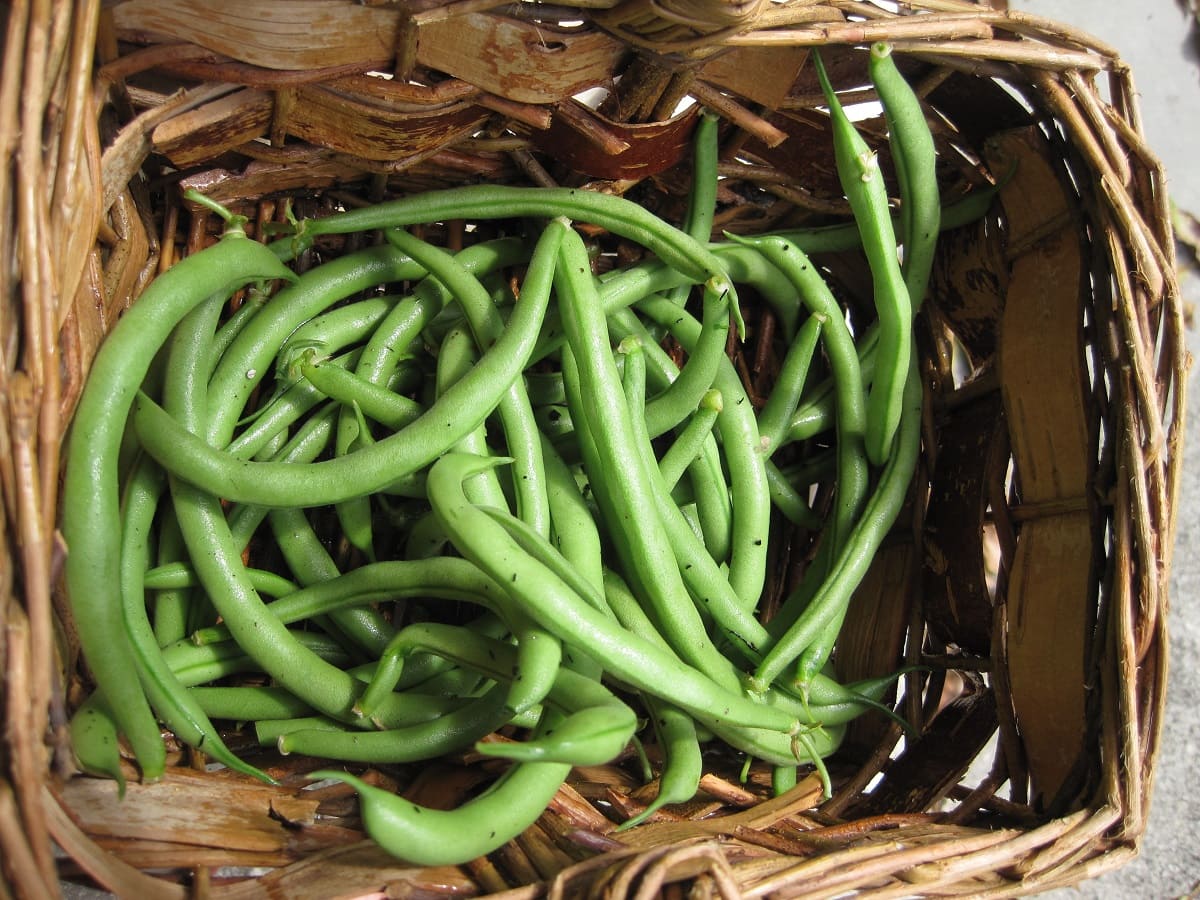

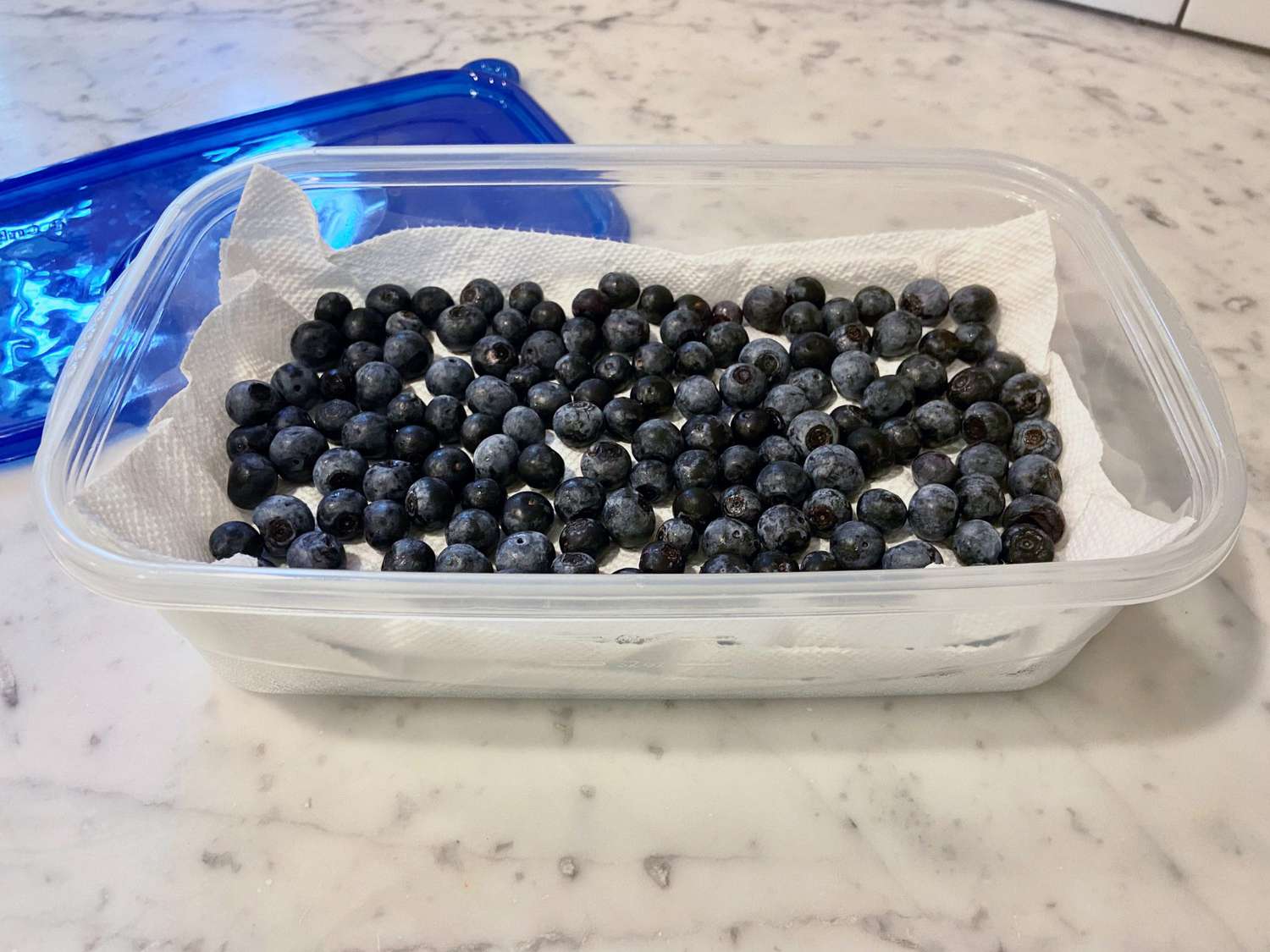
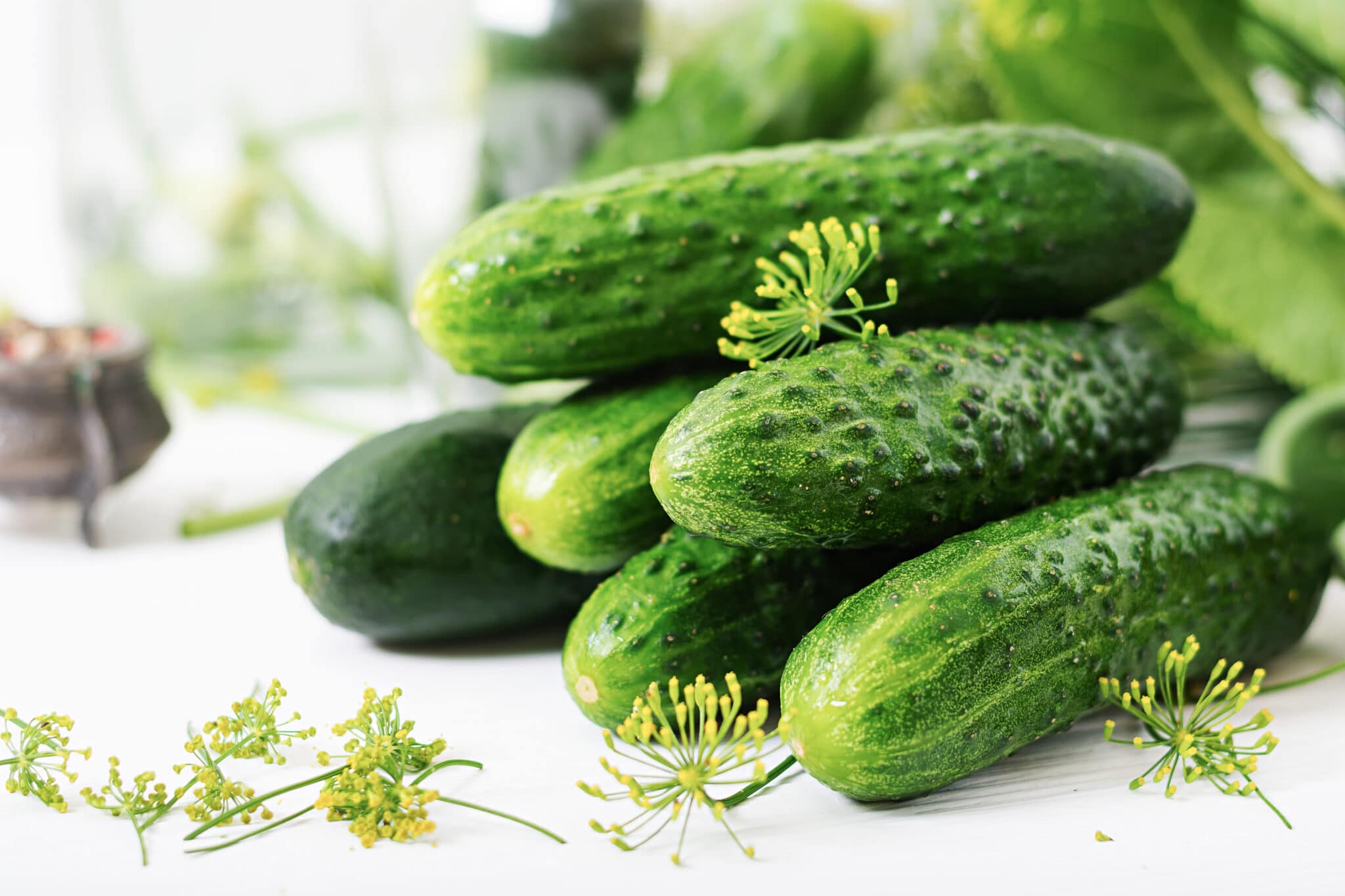
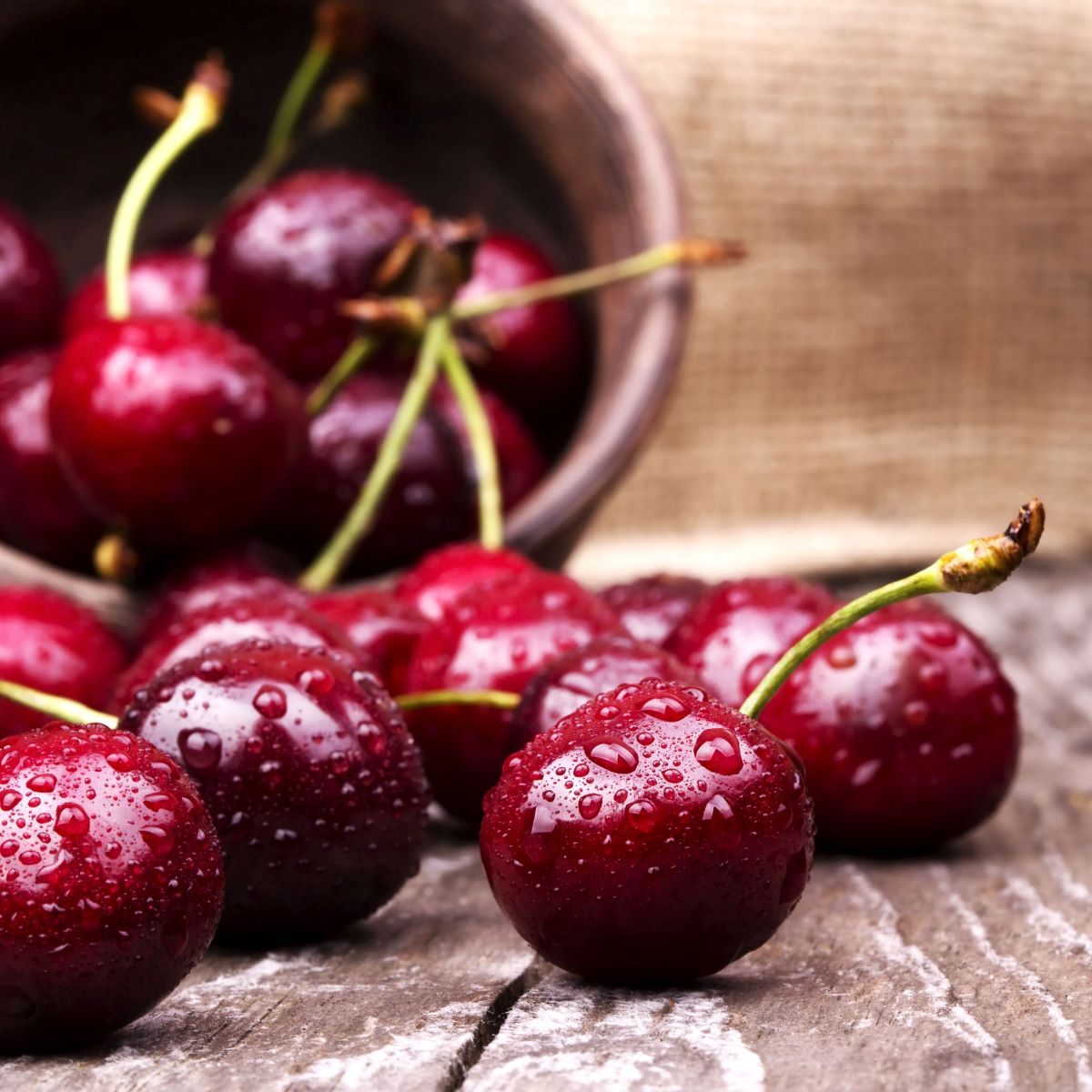
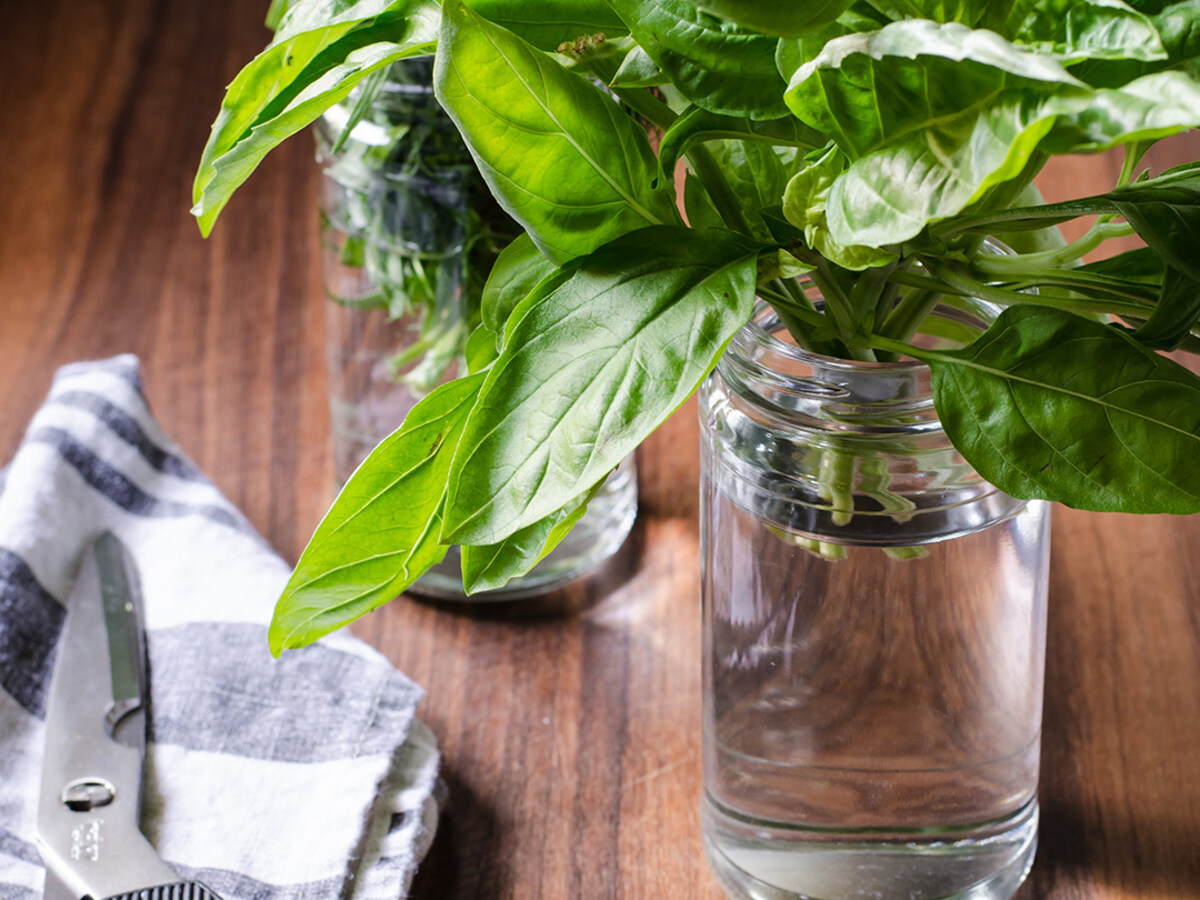




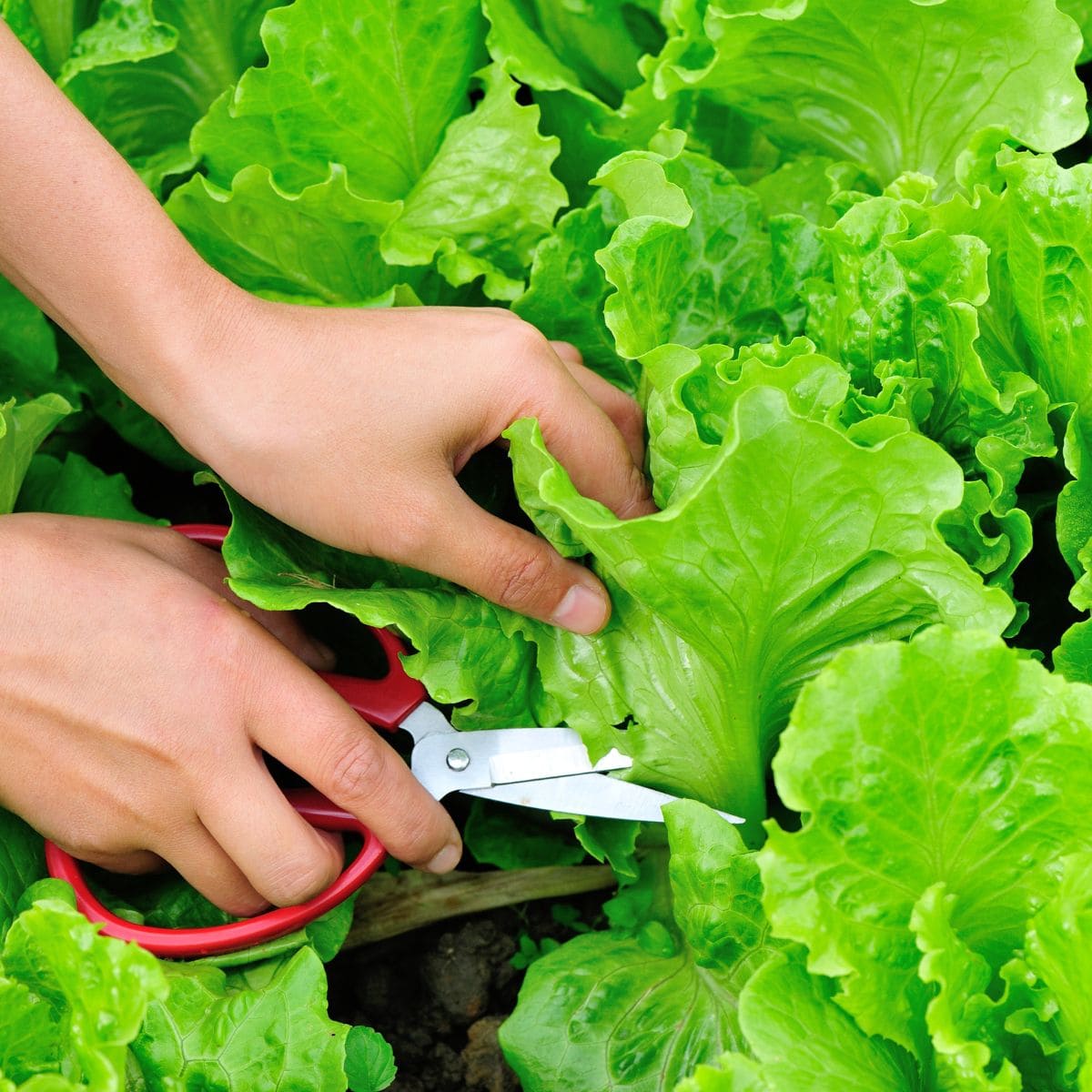
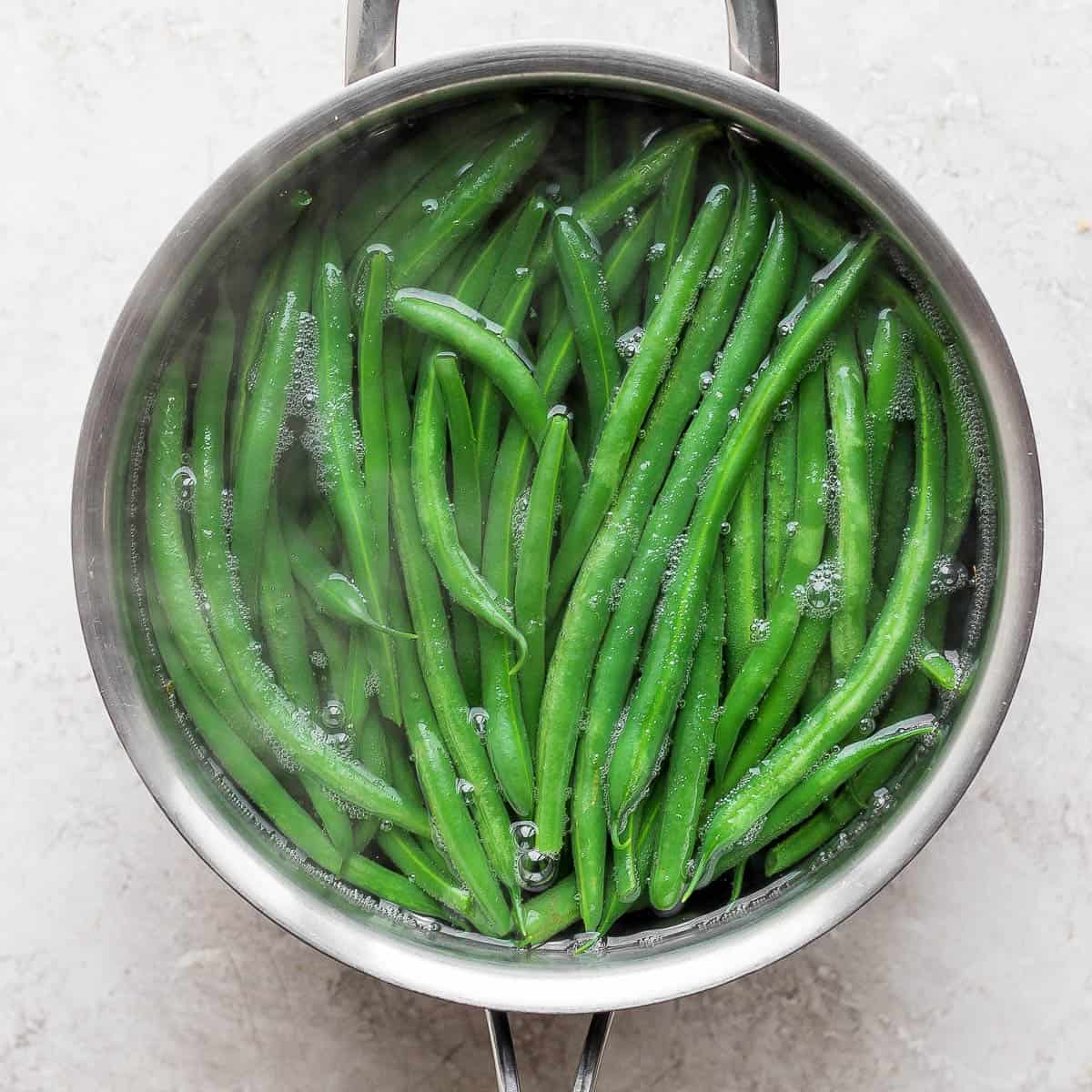
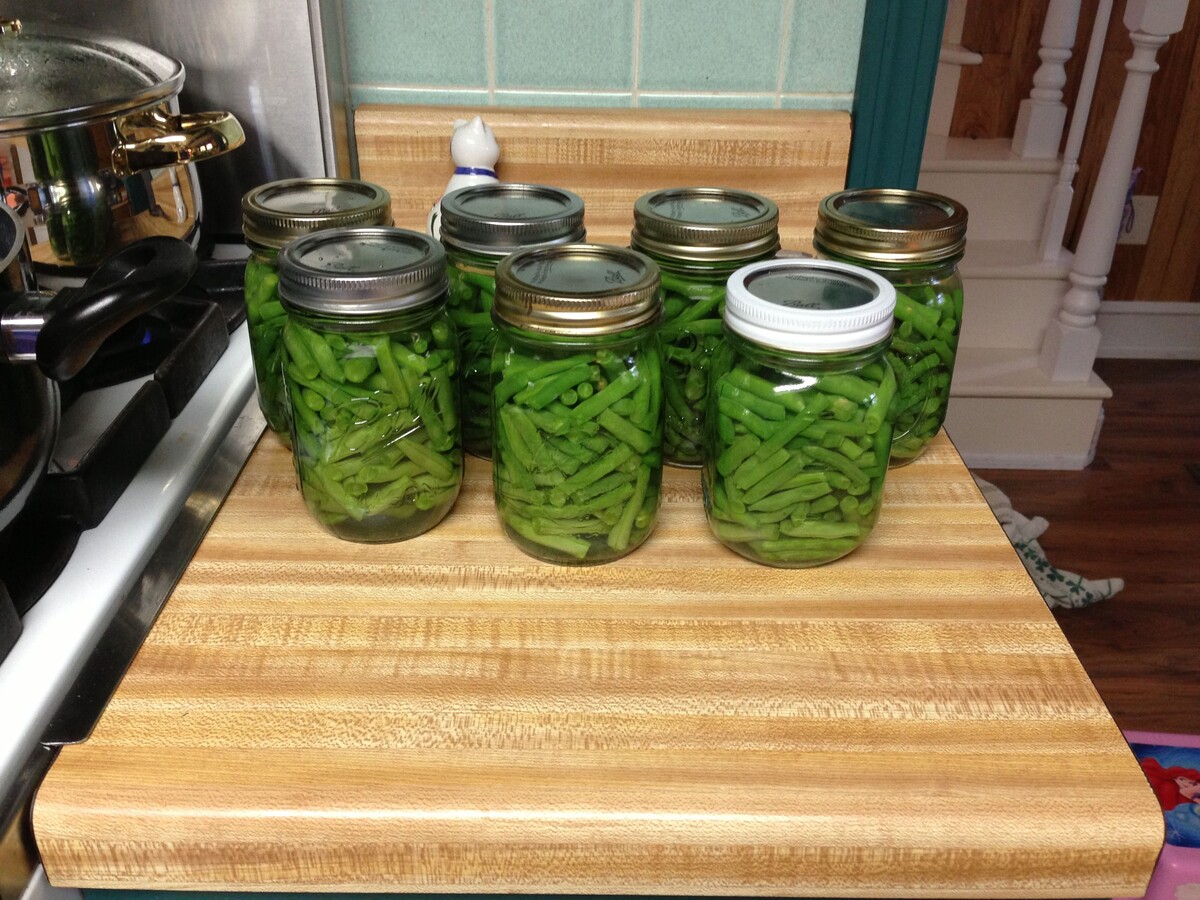
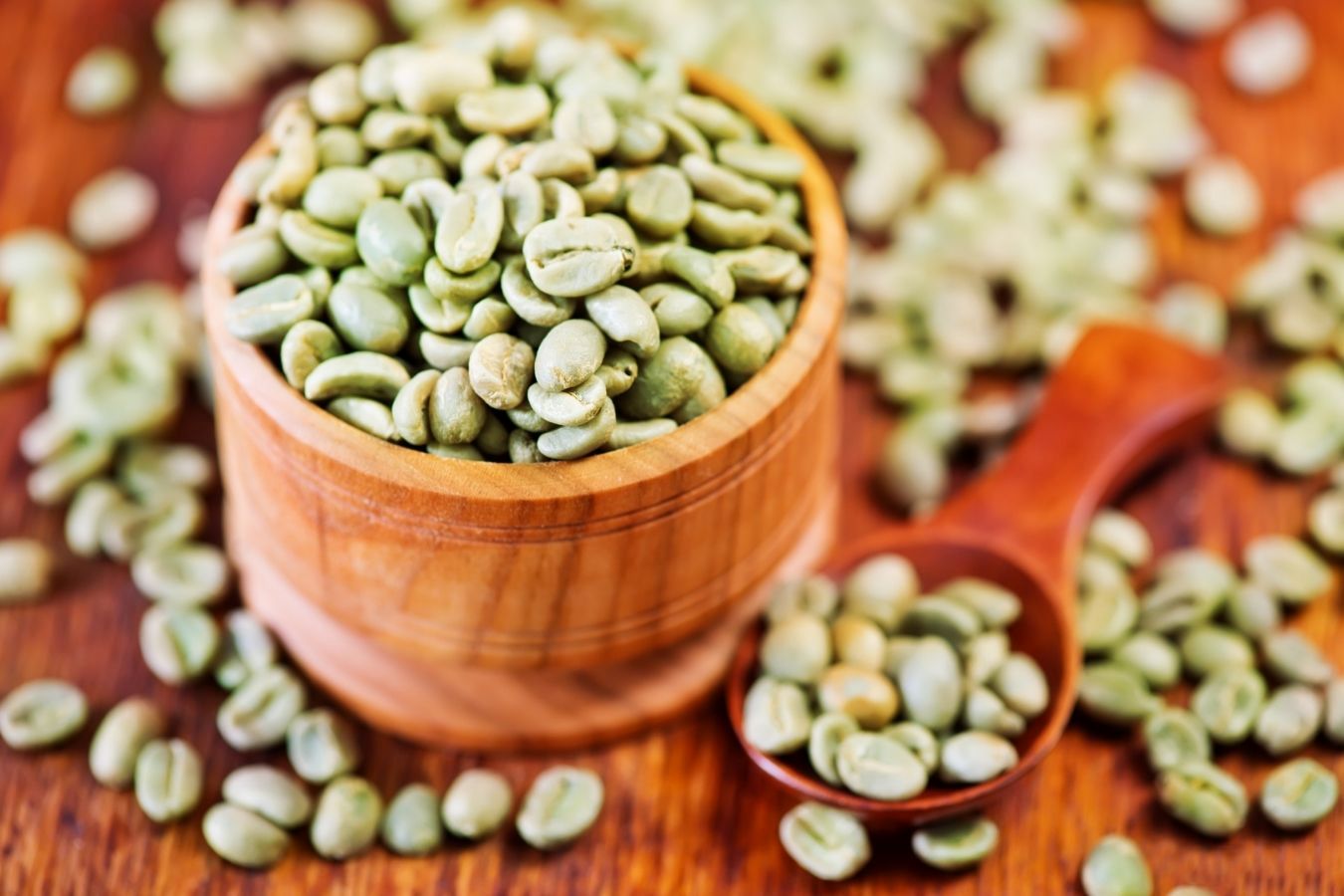

0 thoughts on “How To Store Fresh Picked Green Beans”